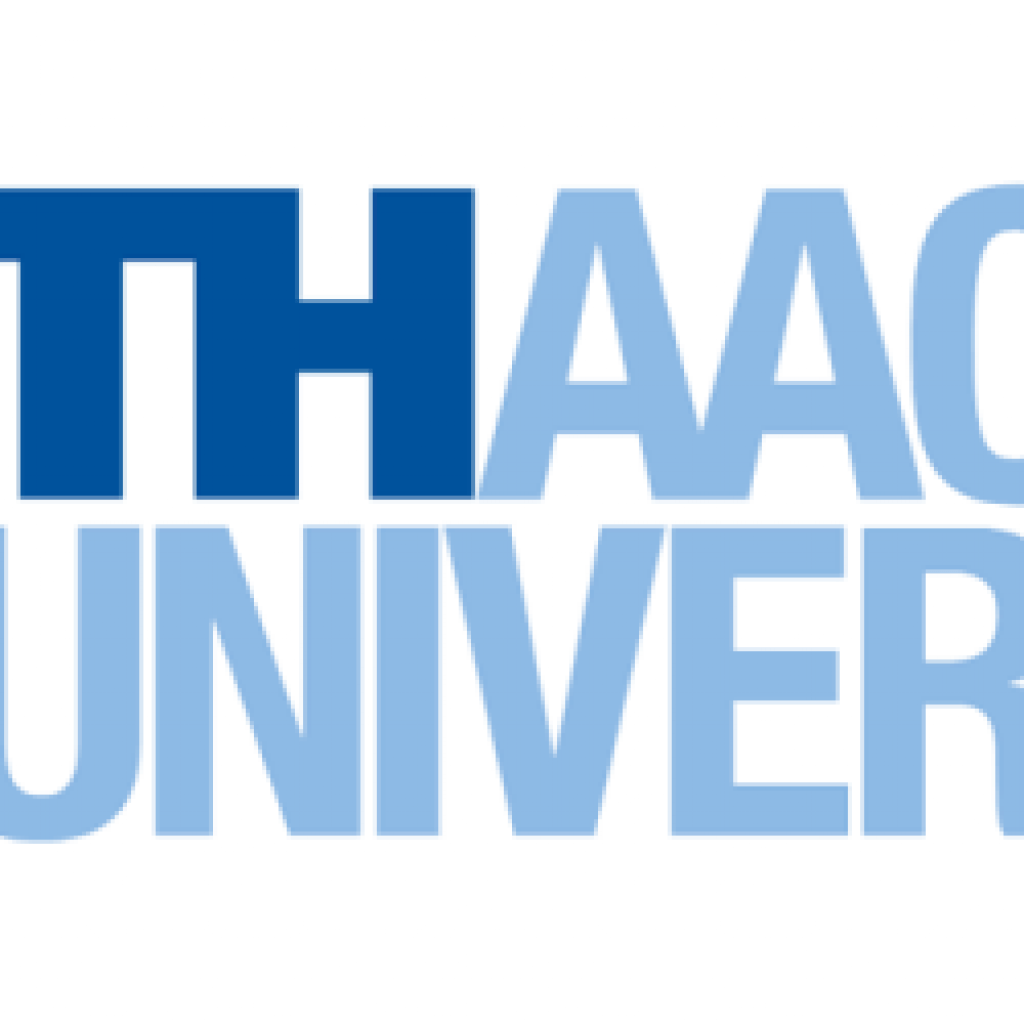(ScienceAlert) Theoretical physicists from RWTH Aachen University in Germany have proposed what’s known as a ‘synthetic magnetic field’, which they think could help protect the fragile qubits needed in a quantum computer.
“We have designed a circuit composed of state-of-the-art superconducting circuit elements and a nonreciprocal device, that can be used to passively implement the GKP quantum error-correcting code,” the team writes in their paper.
Quantum bits, or qubits, are individual units of its language based on the probability of quantum mechanics. String enough together and their seemingly random tumbling sets the foundations for a different unique approach to problem solving.
The buzz of electromagnetic radiation, a stray bump of a neighbouring particle… and that qubit can quickly find itself part of the scenery, losing its essential powers of probability.
This ‘noise’ only gets worse as we grow devices to include more qubits, something that is necessary to make quantum computers powerful enough to be capable of the high-level processing we expect of them.
A promising method for ensuring a qubit stays fuzzy long enough to be useful is to entangle it with other qubits located elsewhere, meaning its probabilities are now dependent on other, equally fuzzy particles sitting in zones unlikely to be slammed by the same noise.
engineers can ensure a level of quantum error correction – an insurance scheme that allows the qubit to cope with the occasional shake, rattle, and roll of surrounding noise.
It became known as the Gottesman-Kitaev-Preskill (GKP) code. To really get the most out of the GKP code’s benefits, quantum engineers would need a more passive, hands-off approach for shielding and recovering a qubit’s information from noise.
So in this innovative new proposal, physicists suggest replacing the impossibly large magnetic field with a superconducting circuit comprising of components that serve much the same purpose, ironing out the noise.
